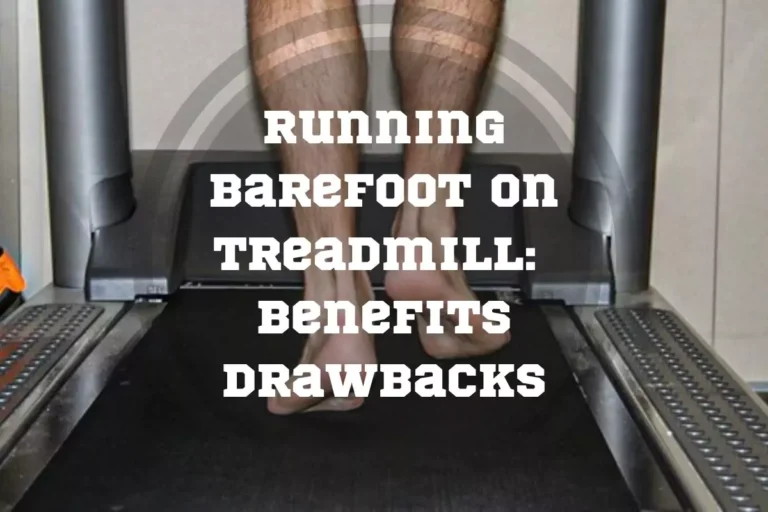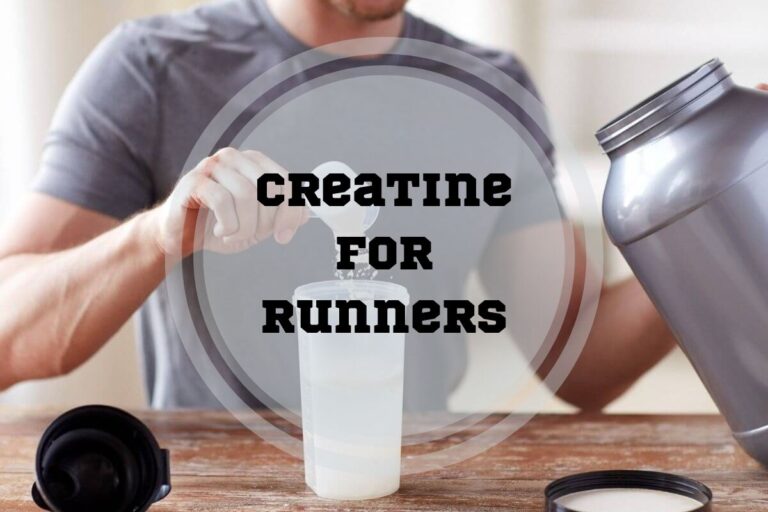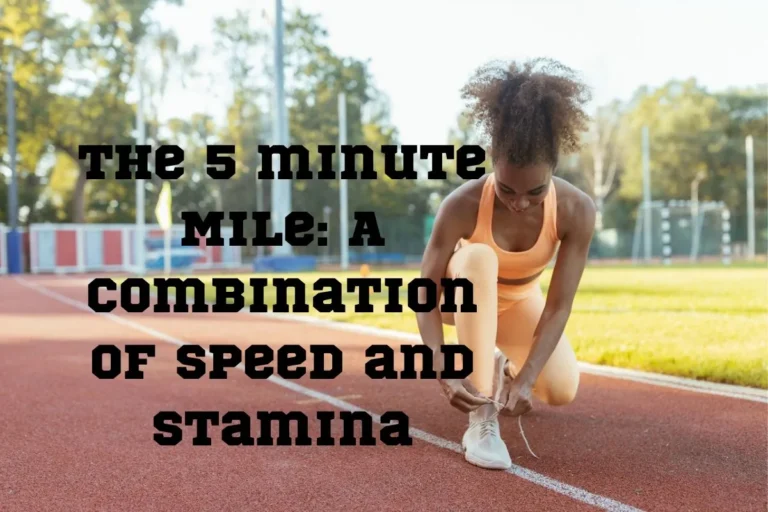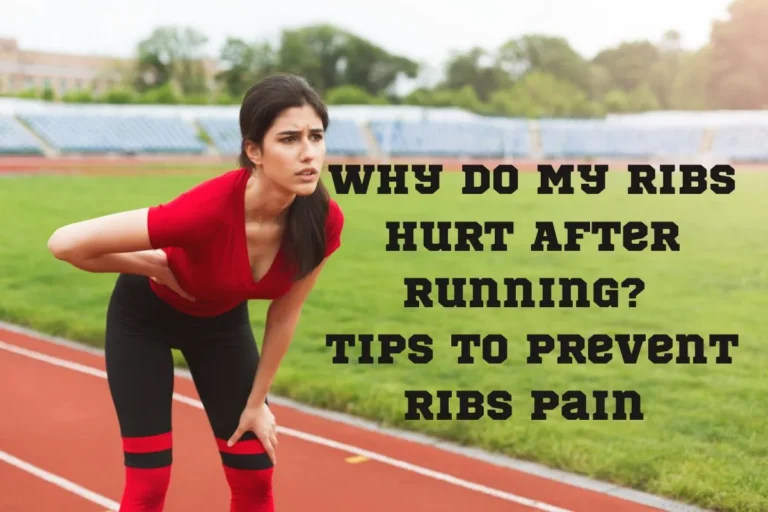How to Dry Shoes Overnight: 5 Best Methods
Running shoes are an essential part of any runner’s gear, but not all runners know how to dry shoes overnight. Wet or damp running shoes can cause blisters and discomfort while running.
This blog post provides 5 methods for drying your wet running shoes overnight, effectively and safely. Dig in as we explore effective solutions on how to dry shoes quickly and keep your feet comfortable.
Can you dry wet shoes in one night?
It is possible to dry out shoes overnight, but you should not place them in a closet or drawer, as bacterial growth may occur. The most effective ways to dry running shoes include using rice, newspaper, a fridge, fans, or specially designed shoe dryers. To prevent damage during drying, keep them away from direct heat sources and sunlight.
Is It Possible to Dry Running Shoes Quickly?
Running shoes can become wet or damp due to sweat from the feet, water splashes, rain showers, and other factors. When running shoes are not dried in a timely manner, it can lead to several issues for runners. These include discomfort, trench foot, blisters, and insulation gaps, along with odors caused by bacterial growth inside the shoe.
Running in damp shoes may also result in damaged materials that will cause a shoe to lose its shape. This, in turn, leads to a decrease in traction during running and increases your risk of injury.
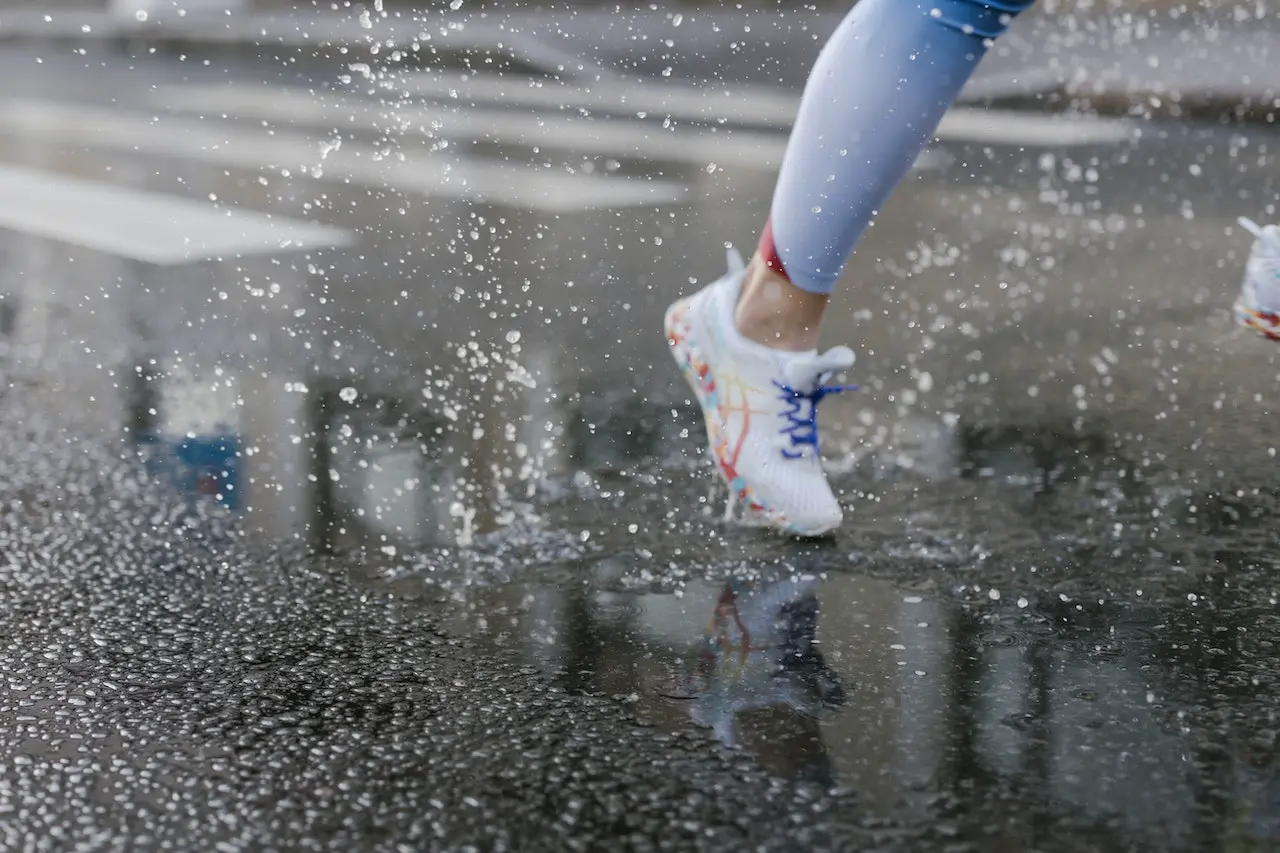
What Will Happen if You Dry Your Running Shoes Incorrectly?
Drying running shoes improperly can be a costly mistake. Failing to dry them correctly and completely can cause damage, decrease the lifespan of the shoes, and even result in mold growth.

Pro Tip:
Don’t put wet running shoes into a closed environment like a closet or drawer, as this creates an ideal breeding ground for bacteria.
Placing wet running shoes outside in direct sunlight may seem like a good idea at first, but it will eventually fade or dry out the shoe fabric, causing permanent damage that shortens its lifespan drastically.
How Long Does It Take for Shoes to Dry?
The drying time of running shoes depends on a number of factors, such as the wetness of the material, the surrounding temperature, and the humidity. But, generally speaking, how long does it take for shoes to air dry? It can range from a few hours to several days, depending on all these factors.
The construction of the shoes must also be taken into consideration when attempting to dry them out. For instance, running shoes with lots of cushioning or thicker materials will take longer to dry than those with thin fabric or synthetic materials.
Weather conditions may also extend the time it takes for your shoes to dry out completely. A good rule of thumb is to leave your shoes in a place with average temperature for at least 12 hours before expecting them to be dry.
5 Basic Methods for How to Dry Sneakers Overnight
Here are 5 tried and tested methods for drying wet running shoes overnight. Each method has its own advantages and disadvantages to help you decide what will work best for your footwear.
1. Rice
Using rice to dry wet running shoes is one of the quickest and simplest methods. Rice has desiccant properties that help it absorb moisture from shoes. This means that if your running shoes are damp or wet, the rice can draw out the moisture overnight.
The amount of time that it takes for this process will depend on how much moisture was present in the shoes and the material they are made out of, such as leather or canvas. If there is an odor problem due to wetness, using rice can help eliminate some of the bad odor inside your running shoes, too.
For optimal results when drying with rice, place two handfuls of uncooked white or brown rice into each shoe and leave them overnight. Bear in mind that this method may not work for all types of sportswear materials, like suede, so check first to make sure there’s no damage.
Pros:
- Effective moisture absorption.
- Odor removal.
- Naturalnd is a readily available solution.
Cons:
- Limited compatibility with certain materials.
- Potentially time-consuming
- Possible damage to sensitive shoe materials.
2. Newspaper
Newspaper is an effective and affordable way to quickly dry wet running shoes overnight. In order for this method to be successful, you need to properly wash the shoes and remove the insoles.
Wad up newspaper tightly and stuff each of the shoes with this paper until completely full. Since wet pages won’t do you any good here, make sure to replace damp sheets with fresh ones throughout the drying process.
Eventually, your running shoes will be fully dried out. However, keep in mind that the time for drying depends on the material of your running shoe, the humidity level, and the surrounding temperature.
Subscribe to Our Running Newsletter!
Get free running tips from renowned professional athletes and discounts from top-notch brands.
Pros:
- Effective and affordable shoe drying method.
- Simple and accessible, requiring only newspaper and basic steps.
- Environmentally friendly, as it repurposes old newspapers.
Cons:
- Drying time varies based on shoe material, humidity, and temperature.
- Requires monitoring and replacement of damp newspaper sheets, potentially necessitating frequent checks.
- May leave ink residue on shoes, especially if the newspaper is not properly dried or if the shoes are very wet.
3. Fridge
Using a refrigerator is one of the most effective methods to dry running shoes overnight. Laying the shoes on their sides with the openings in front of the fridge vent can quickly evaporate the moisture within the shoe.
This should take about 8-10 hours and will leave your feet feeling comfortable, without having overly stiff or wet shoes.
Whatever type of shoe you use (leather-based, canvas, or textile), this approach is quite effective.
Pros:
- Highly effective method for drying running shoes.
- Preserves shoe comfort and flexibility.
- Suitable for a wide range of shoe materials.
Cons:
- Takes 8-10 hours, which may not be quick enough for immediate use.
- Requires space in the refrigerator and may be inconvenient if space is limited.
- Potential for odor transfer to food if shoes are not adequately sealed or if the fridge is not well-maintained.
4. Fan
Want to know how to dry your shoes in 10 minutes? Using a fan is an excellent option to quickly dry running shoes. This method is based on the principle of increased air circulation and ventilation, which allow for more efficient moisture removal.
When placed in a well-ventilated spot away from any direct sunlight, a fan set to run on high should effectively help dry out your running gear in around 10-30 minutes, depending how wet they were to begin with.
Pros:
- Rapid drying method for running shoes (around 10-30 minutes).
- Utilizes increased air circulation and ventilation for efficient moisture removal.
- Requires minimal equipment and can be done in most indoor settings.
Cons:
- May not be suitable for extremely wet shoes, as the drying time can vary.
- Requires access to electricity and a fan.
- Not as effective for odor removal as other methods, as it primarily focuses on moisture removal.
5. Shoe Dryer
Shoe dryers are one of the easiest and most effective ways to quickly and safely dry running shoes overnight. By using warm air mixed with ozone technology, these handy appliances can help prevent water damage. They aid in deodorizing and sanitizing wet sneakers in a way that other drying methods simply cannot match.
Putting wet shoes in dryer is much faster than regular air-drying techniques, and also ensures that no odors linger in the leather or fabric material. Shoe dryers help circulate hot air evenly throughout the entire surface area of a shoe, which allows for complete moisture removal , resulting in soft leather without any splitting or cracking.
Pros:
- Rapid and effective drying method for running shoes, often overnight.
- Utilizes warm air and ozone technology to prevent water damage, deodorize, and sanitize shoes.
- Ensures even and thorough moisture removal, preserving shoe material and preventing splitting or cracking.
Cons:
- Requires the purchase of a shoe dryer appliance, which can be an additional expense.
- May not be suitable for shoes made of delicate materials that could be damaged by the heat.
- Not as eco-friendly as some other drying methods, as it consumes electricity and relies on technology.
Is There a Way to Prevent Leather Shoes from Cracking and Warping During Drying?
To ensure your shoes don’t become damaged, always keep them away from direct heat sources and out of direct sunlight, as this could cause discoloration and break down the material. In addition, don’t dry shoes in oven or with a hairdryer.
It’s important to also remember that some large fans can be too powerful for laces or delicate shoe parts, so make sure you’re using a gentle fan setting when drying your shoes.
Finally, investing in a good quality shoe dryer is an effective way to quickly and safely get rid of any excess moisture overnight while protecting the shoes from damage.
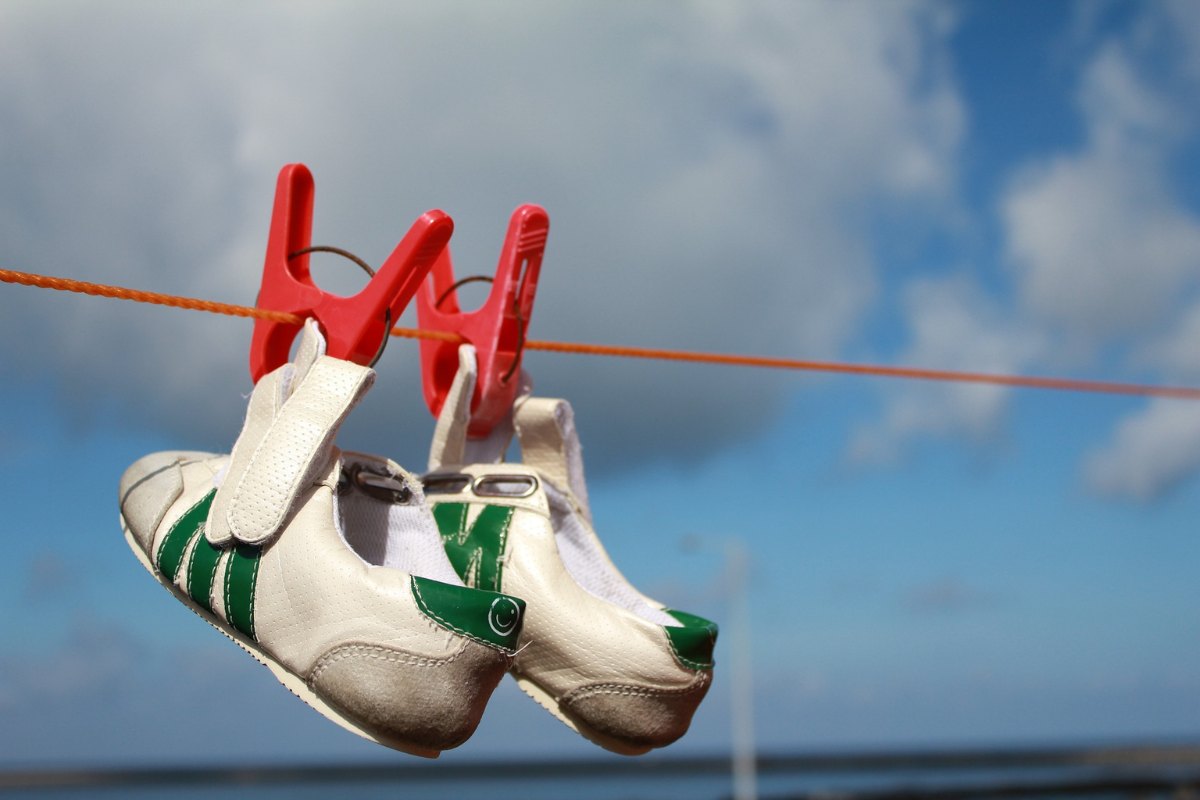
How to Keep Shoes Dry While Running
Here are 3 tips to help you avoid getting your running shoes wet:
1. Wear Waterproof Socks
Waterproof socks are made with a combination of materials, such as nylon, lycra, wool blend, felt, and Gore‐Tex, providing superior protection against moisture penetration.
They also feature moisture-wicking technology that helps draw away sweat from inside the shoes, making sure it does not soak into your shoes or develop blisters on your feet. These breathable socks also offer excellent comfort and cushioning, which makes them ideal for outdoor activities like running over rougher terrain.
2. Choose Shoes with Drain Holes
Drain holes help remove excess water and moisture from your shoes as soon as possible, instead of having it pool in there while you run. Shoes with drain holes are usually made from quick-drying fabrics that allow air to pass through and evaporate any trapped moisture faster.
3. Try Trail-Running Gaiters
Trail-running gaiters are ideal for runners who wish to be protected from sand, water, dirt, and small rocks that can enter their shoes when running. These gaiters are made of a blend of nylon and lightweight materials so you won’t feel weighed down while running. They fit snugly around the ankle area to ensure nothing gets into the shoe, no matter how rough the terrain is. For those who want even more protection, there is also the option of waterproof trail-running gaiters.
Frequently Asked Questions About How Long Do Shoes Take to Dry
How to Dry Shoes in 5 Minutes?
You can’t dry shoes in 5 minutes, but you can dry them in a couple of hours by combining different techniques. Use towels to remove excess water, then stuff your shoes with paper towels or newspaper and place them in front of a fan. The result depends on the amount of moisture in your shoes. These tips can help you dry your shoes after an intense run, but not after heavy rain.
How Can I Dry My Running Shoes in 12 Hours?
Many methods are available to help you quickly dry your running shoes in 12 hours or less. Stuffing them with newspaper can be an effective way to remove moisture from both the inside and outside of your shoes. Additionally, removing the insoles and loosening the laces can speed up drying by allowing air to circulate more efficiently throughout each shoe.
How Long Does It Take for Running Shoes to Air Dry?
Depending on the extent of their wetness, running shoes take approximately a day to air dry. Several factors, including temperature, material of the shoe, and how wet the shoes are, determine the rate at which your running shoes will dry in open air.
Final Thoughts on How to Dry Wet Shoes Overnight
Drying wet running shoes overnight can be a challenge, but it is important for keeping your feet comfortable on runs and preventing damage to your footwear. Fortunately, there are a few proven methods that can help dry wet running shoes quickly and safely.
You can also try preventive measures, such as wearing waterproof socks or carrying extra socks and towels that can help eliminate moisture before it becomes an issue.
With these strategies and some planning ahead, you’ll always have fresh, dry running shoes ready when you need them!
How do you dry your running shoes? Please share your experience in the comments below.
Also Read:
- Running After Pregnancy
- Are Air Max Running Shoes
- Best Shoes for Running on Pavement
- Is Peanut Butter Good for Runners
- Running a Half Marathon Without Training
- Neutral vs Stability Running Shoes
- Best Ankle Brace for Running
- Best Narrow Running Shoes
- How Many Steps Are In 3 Miles
References:
- Trench foot. Cleveland Clinic https://my.clevelandclinic.org/health/diseases/24392-trench-foot
- Worthing, Robert M et al. “Prevention of Friction Blisters in Outdoor Pursuits: A Systematic Review.” Wilderness & environmental medicine vol. 28,2 (2017): 139-149. https://www.wemjournal.org/article/S1080-6032(17)30092-3/fulltext
- Miao, Te et al. “Footwear microclimate and its effects on the microbial community of the plantar skin.” Scientific reports vol. 11,1 20356. 13 Oct. 2021 https://www.ncbi.nlm.nih.gov/pmc/articles/PMC8514438/
- Messina, Gabriele et al. “Is it possible to sanitize athletes’ shoes?.” Journal of athletic training vol. 50,2 (2015): 126-32. https://meridian.allenpress.com/jat/article/50/2/126/74095/Is-it-Possible-to-Sanitize-Athletes-Shoes
- LeatherProfy. Can You Put Leather Shoes in the Dryer? https://leatherprofy.com/can-you-put-leather-shoes-in-the-dryer/
If you have any questions or suggestions, you can contact us via email – [email protected]

